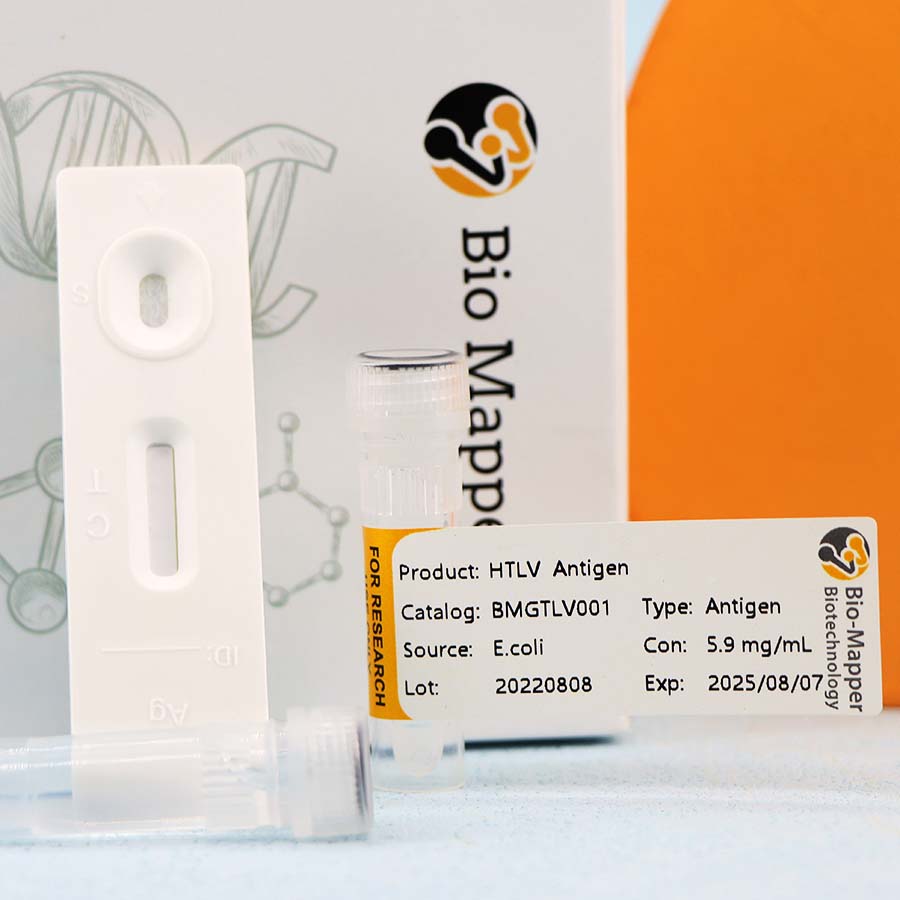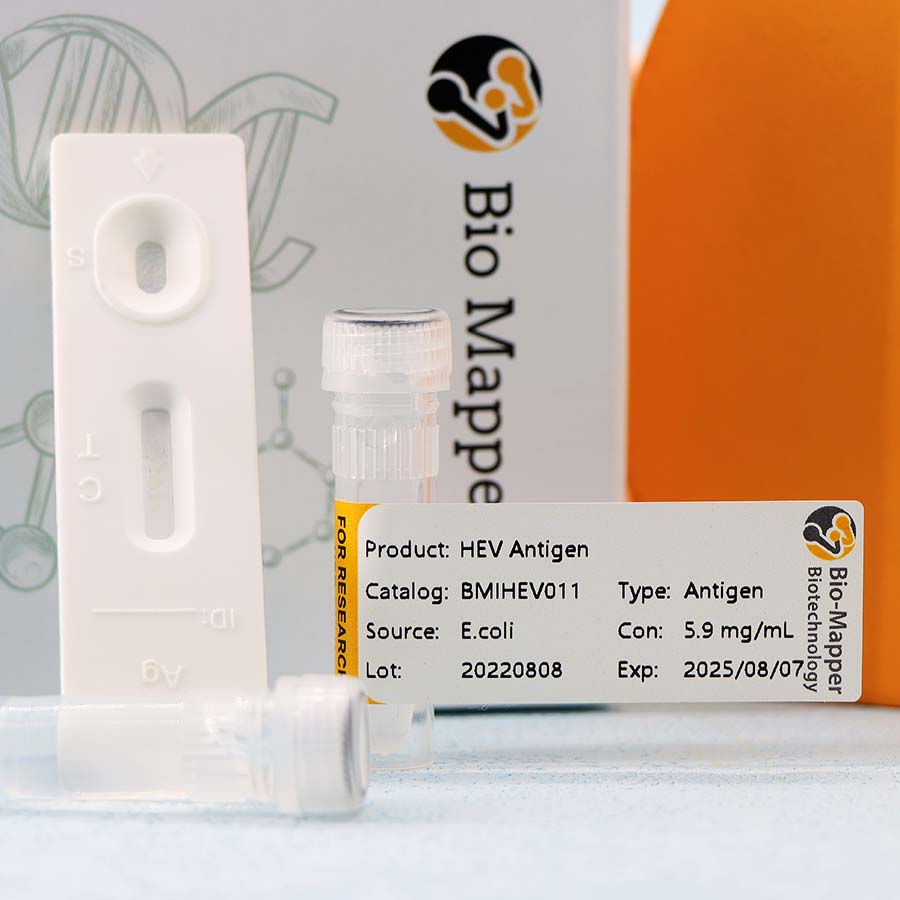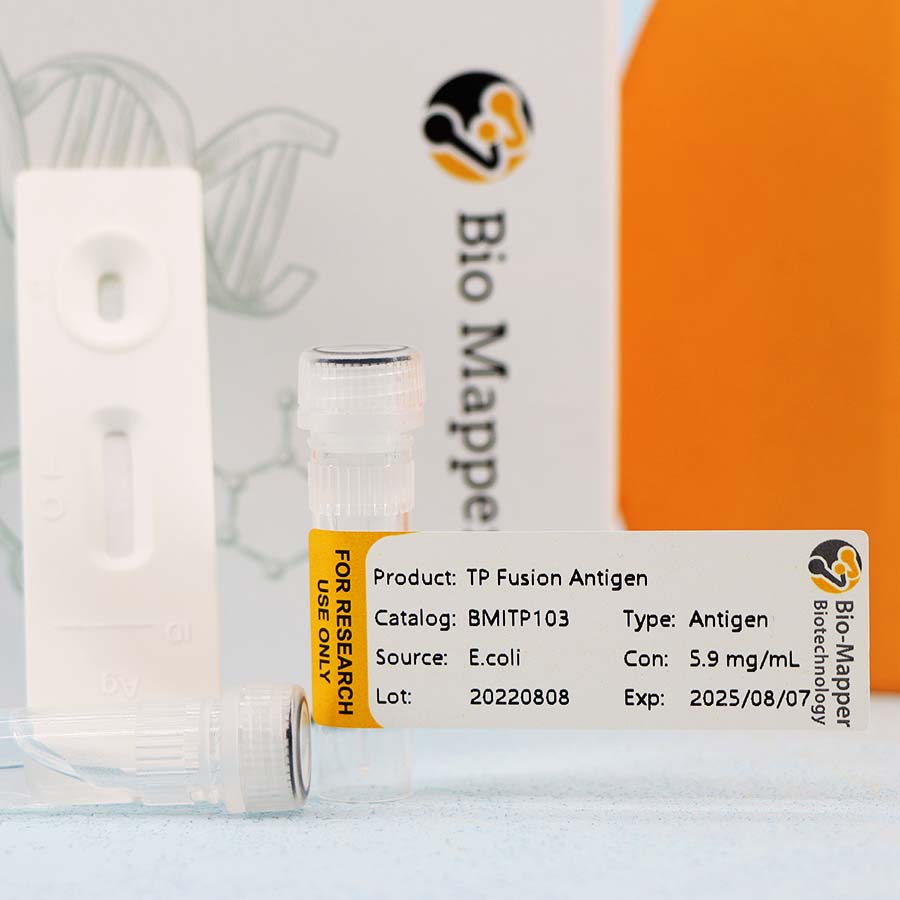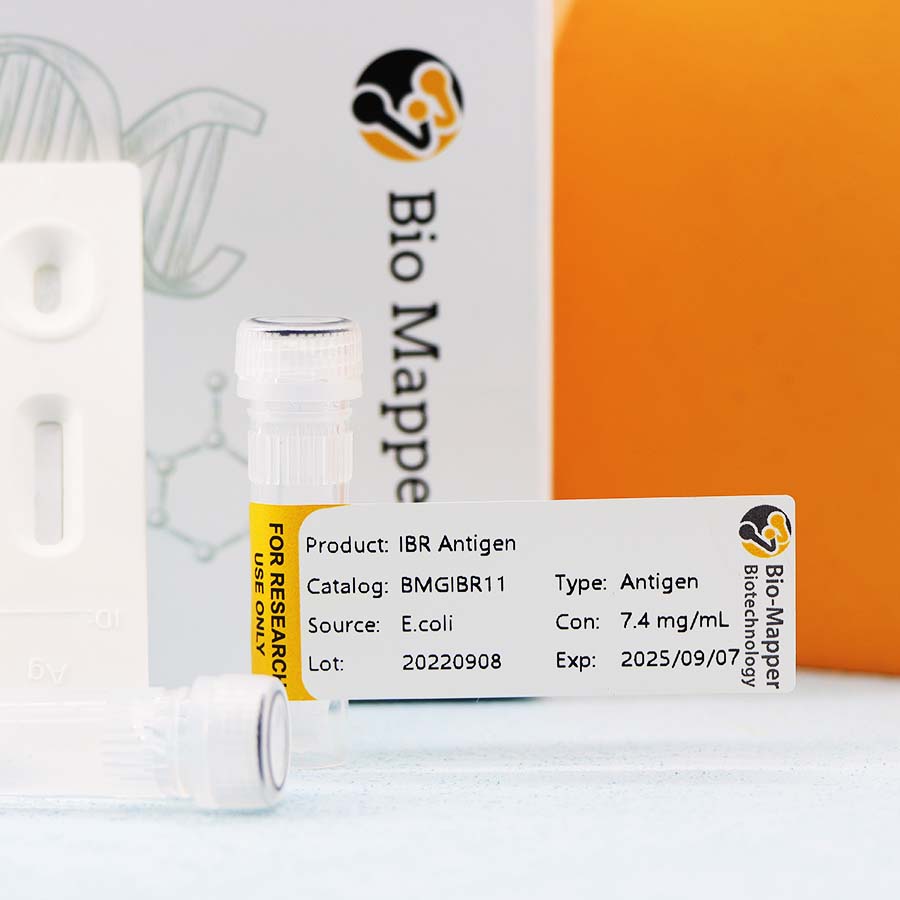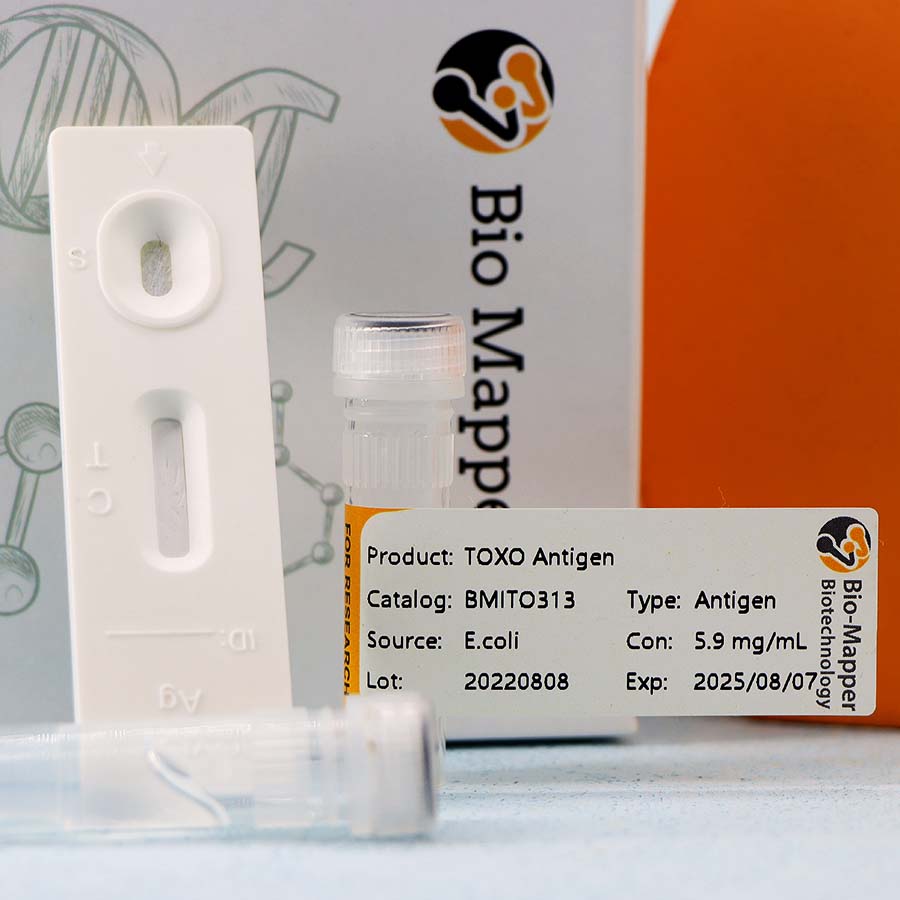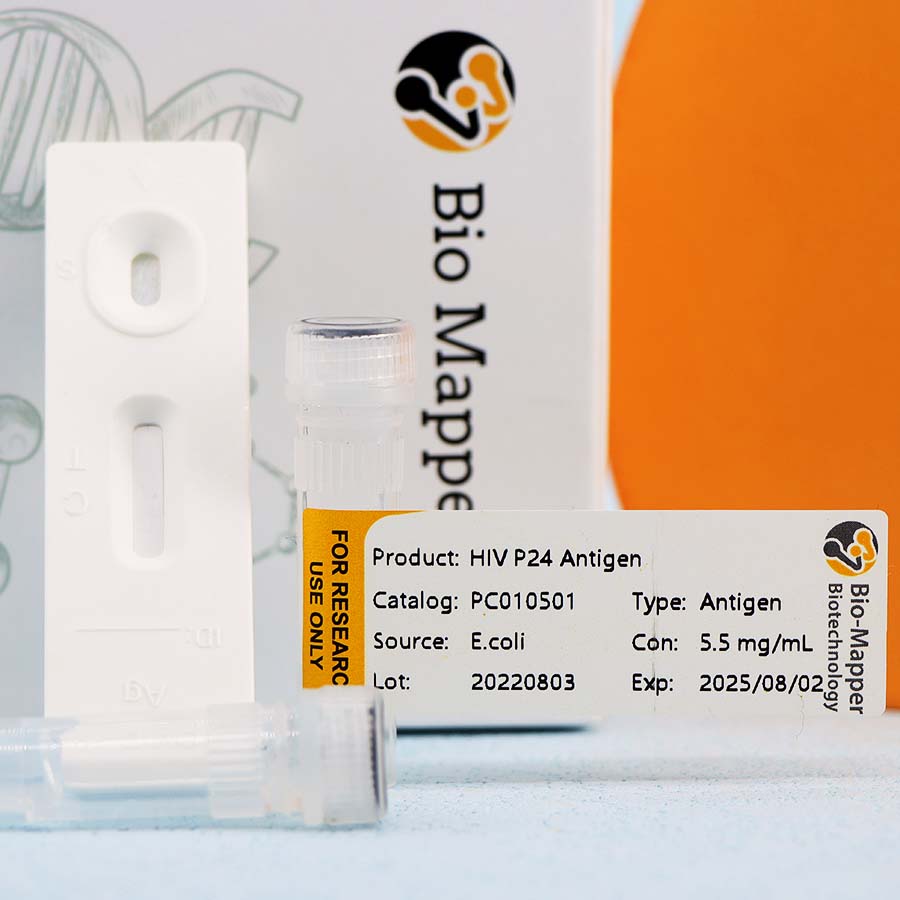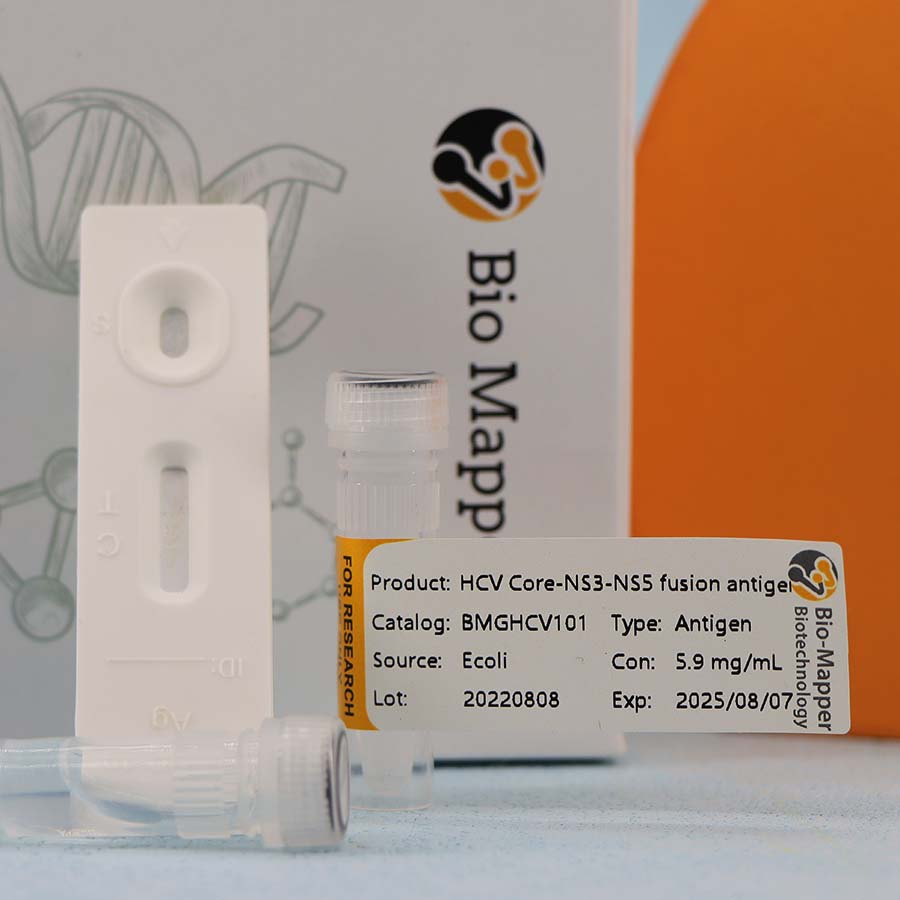Basic information
| Product Name | Catalog | Type | Host/Source | Usage | Applications | Epitope | COA |
| HTLV Antigen | BMGTLV001 | Antigen | E.coli | Capture | LF, IFA, IB, WB | I-gp21+gp46; II-gp46 | Download |
| HTLV Antigen | BMGTLV002 | Antigen | E.coli | Conjugate | LF, IFA, IB, WB | I-gp21+gp46; II-gp46 | Download |
| HTLV Antigen | BMGTLV241 | Antigen | E.coli | Capture | LF, IFA, IB, WB | P24 protein | Download |
| HTLV Antigen | BMGTLV242 | Antigen | E.coli | Conjugate | LF, IFA, IB, WB | P24 protein | Download |
HTLV – I can be transmitted through blood transfusion, injection or sexual contact, and can also be transmitted vertically through placenta, birth canal or lactation. Adult T-lymphocyte leukemia caused by HTLV – Ⅰ is endemic in the Caribbean, northeastern South America, southwestern Japan and some regions in Africa. China has also found a few cases in some coastal areas. HTLV – Ⅰ infection is usually asymptomatic, but the probability of the infected person developing into adult T-lymphocyte leukemia is 1/20. The malignant proliferation of CD4+T cells can be acute or chronic, with clinical manifestations of abnormally high lymphocyte count, lymphadenopathy, hepatosplenomegaly, and skin damage such as spots, papular nodules, and exfoliative dermatitis.
Ankylosing lower limb paresis is the second kind of syndrome related to HTLV – Ⅰ infection. It is a chronic progressive nervous system disorder, characterized by weakness, numbness, backache of both lower limbs, and bladder irritation. In some populations, HTLV – Ⅱ infection rate is high, such as injecting drug users.
